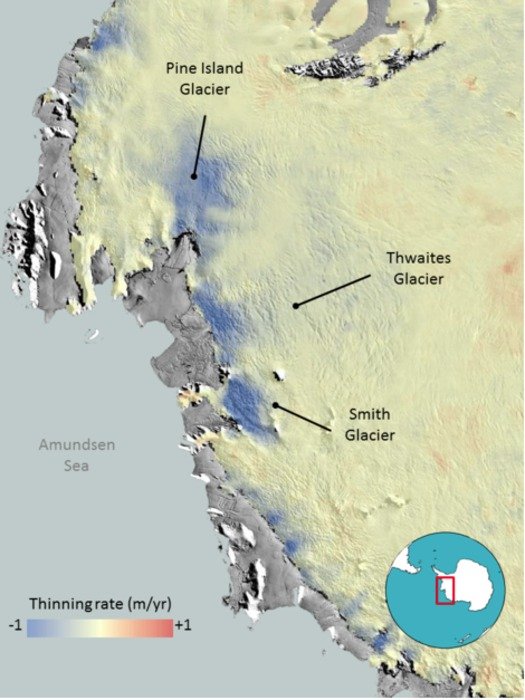PARIS, Dec. 13 (UPI) -- Observations by a European satellite show melting of an antarctic ice sheet is accelerating, losing more than 35 cubic miles of ice annually, scientists say.
The loss observed by the European Space Agency's CryoSat is considerably more than when the area was last surveyed, they said.















